Why you can trust TechRadar
We spend hours testing every product or service we review, so you can be sure you’re buying the best. Find out more about how we test.
Red Magic 10 Air: Two-minute review
With the Red Magic 10 Air, Nubia has essentially taken last year’s Red Magic 9 Pro, squeezed it into a much slimmer and less obnoxious design, and charged a lower price for the privilege of owning this newer model.
As repurposing jobs go, it’s a very canny one. The Red Magic 10 Air is a highly capable gaming phone that costs less than $600 / £450, and you won’t find better performance for the money.
While it runs on a chip that’s no longer top of its class, the Snapdragon 8 Gen 3 remains an excellent runner. It’ll handle the latest games extremely fluidly, which is really what matters here.
Nubia’s new slimmed-down design is the best it’s ever come up with, certainly within the gaming phone space, and it hasn’t even had to compromise on battery life to achieve this trimmer body. With a 6,000mAh cell, the Red Magic 10 Air will last two days of normal usage quite easily.

While the Game Space gaming UI is still there to let you manage and customize your games, Red Magic OS remains one of the busiest and cheapest-feeling UIs on the market. It’s better than it’s ever been, but that’s really not saying much.
Another continued weak point is the phone’s photographic provision. This twin 50MP camera setup will get you adequate pictures in most scenarios, but you can do better even for this sort of money.
Meanwhile, the phone’s in-display selfie camera may be good for media content, but it makes for truly terrible selfies.
Ultimately, if you’re shopping for a gaming-capable phone for less than £500, the Red Magic 10 Air is one of your best bets – especially if you want a phone that doesn’t stretch the lining of your pockets.
We’d still like to see further refinement to the hardware and particularly the software, but the Red Magic 10 Air successfully carves out a new niche, even if we’re not 100% sure there’s a market for it. Until the day that Asus decides to create a mid-range ROG phone (if that day ever comes), this is the most unassuming gaming phone on the market.
Red Magic 10 Air review: price and availability
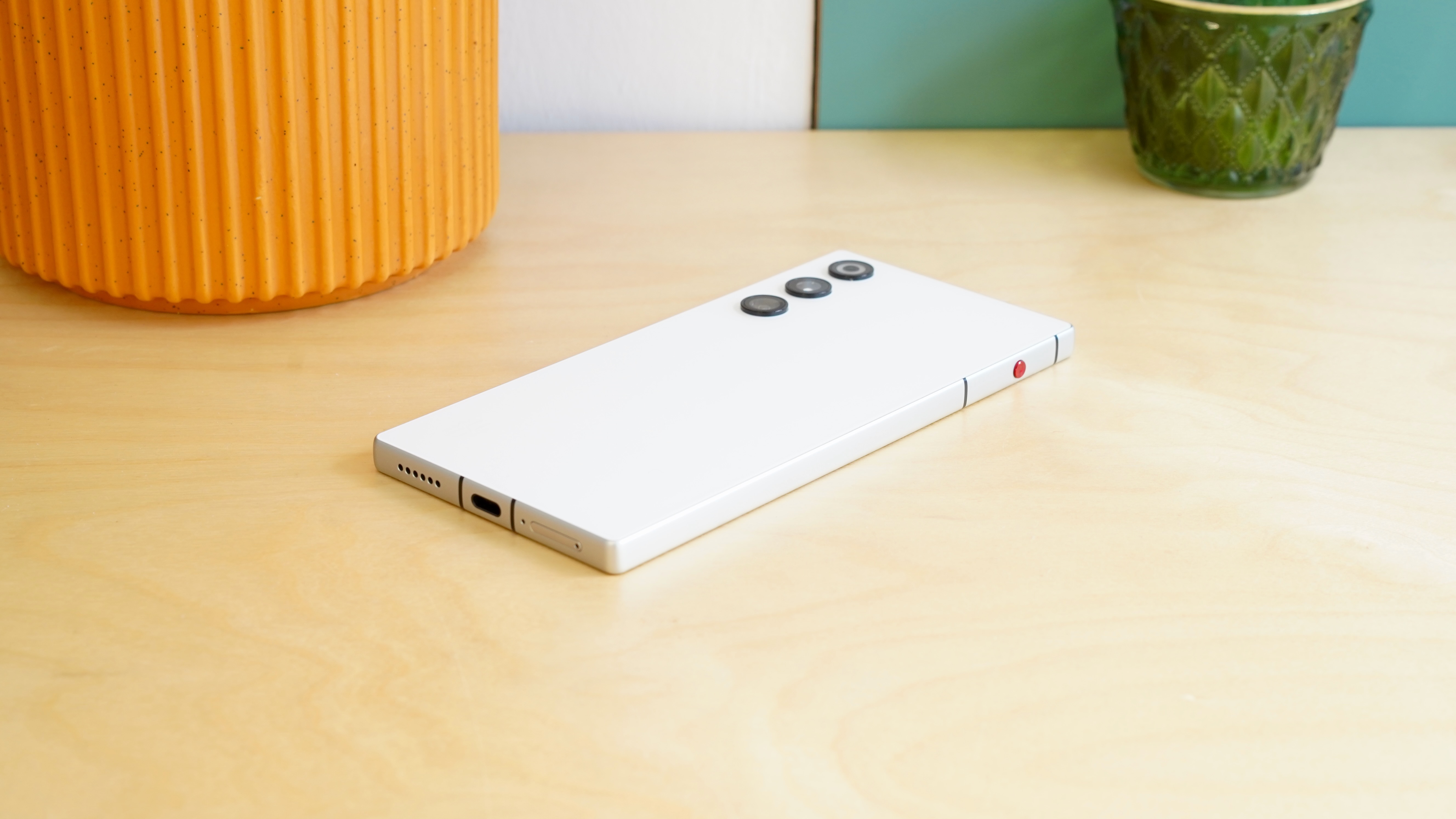
- From £439 / $579
- Launched on April 23, 2025
- Flare model expected in June 2025
- Not available in Australia
The Red Magic 10 Air is on sale now, having commenced open sales on April 23, 2025. The Flare model, with its fetching orange finish, is expected to go on sale a little later, in June 2025.
Pricing starts at $579 / £439 for the Twilight and Hailstone models with 12GB of RAM and 256GB of internal storage. You can bump that spec up to 16GB of RAM and 512GB of storage (as reviewed here) in all three finishes for $699 / £559.
As always with Red Magic devices, this is a hugely competitive price for the level of performance being supplied. The Air might not be as capable as the Red Magic 10 Pro, but it’s also $70 / £140 cheaper than that phone’s launch price.
At $579 / £439, it undercuts the Poco F7 Pro – another mid-range performance-focused phone with a Snapdragon 8 Gen 3 chip – by £60.
The Red Magic 10 Air is not available in Australia at the time of writing.
Red Magic 10 Air review: specs
| Header Cell – Column 0 | Header Cell – Column 1 |
|---|---|
Dimensions: | 164.3 x 76.6 x 7.85mm |
Weight: | 205g |
Display: | 6.8-inch AMOLED (2,480 x 1,116) up to 120Hz AMOLED |
Chipset: | Qualcomm Snapdragon 8 Gen 3 |
RAM: | 12GB, 16GB |
Storage: | 256GB, 512GB |
OS: | Android 15 |
Primary camera: | 50MP 1/1.55-inch sensor |
Ultra-wide camera: | 50MP 1/2.88-inch sensor |
Front Camera: | 16MP 1/2.77-inch sensor |
Battery: | 6,000mAh |
Charging: | 100W wired (international) |
Colors: | Black Twilight, White Hailstone, Orange Flare |
Red Magic 10 Air review: design
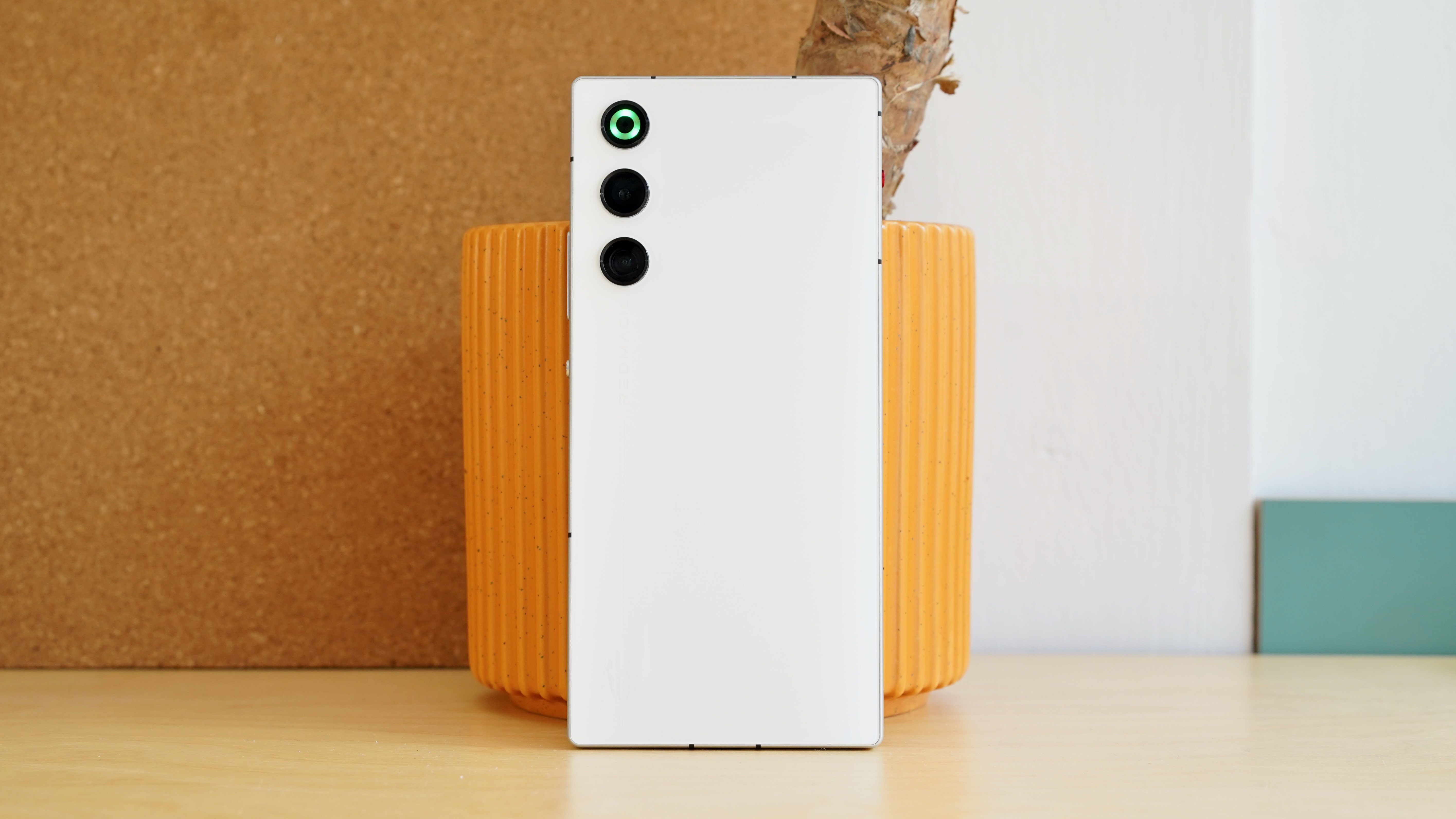
- Much slimmer, lighter, and more subtle than Pro
- 520Hz capacitive shoulder trigger buttons
- Only IP54 rated
- Customizable Magic Key
The Red Magic 10 Air is by far the best-looking gaming phone Nubia has ever made, as well as the easiest to live with.
Nubia has significantly stripped back the garish gamer aesthetic, providing a mostly clean etched glass back with only subtle Red Magic branding. Even the RGB lighting has been stripped right back, with just a small ring light positioned above the two rear cameras in its own housing.
My test model is in the Hailstone shade, which is a pleasingly shimmery white. You can also specify it in Twilight (black), while a Flare variant is coming in June for those with a yearning for something more eye-catching. The latter offers a bold orange finish with a black frame, together with a transparent-effect strip running the length of the rear panel.
That ‘Air’ name needs to be taken in context. A thickness of 7.85mm and a weight of 205g both sound pretty normal for a regular phone, but they work out to be extremely compact for a gaming phone.
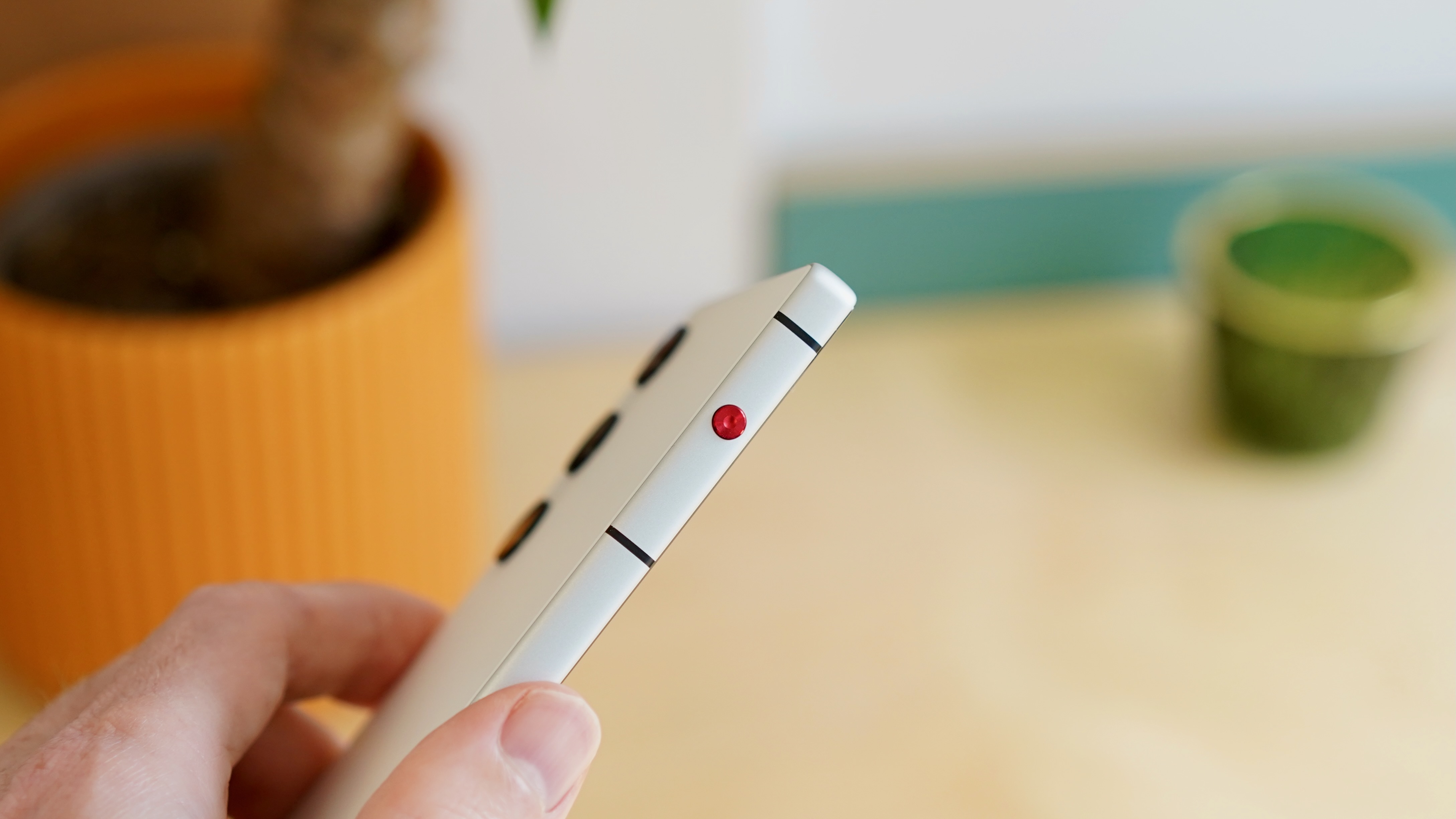
Nubia has still managed to equip its latest phone with a large battery, a meaty vapor chamber cooling system, and a handful of extra controls positioned around its aluminum frame – all requirements of the gaming phone format.
Those controls include a pair of 520Hz capacitive shoulder buttons, which can be mapped to gaming controls. This makes competitive shooters such as Warzone Mobile and the new Delta Force, in particular, much more intuitive to play.
The most interesting design tweak, aside from that slimmer body, is the move from a physical hardware switch for entering Nubia’s Gamespace UI to a more generic button. Yes, it lacks the tactile clunk of the original, but it gains versatility by being remappable.
While it defaults to the Gamespace UI for launching and managing games, it can be reassigned to a camera shortcut, a mute/silent button, or for turning on the torch.
Like the Red Magic 10 Pro, the Air is only rated to an IP54 level of dust and water resistance. This is well short of the Poco X7 Pro and its flagship-level IP68 rating.
One other signature Red Magic feature is the lack of a visible notch, which means that video and gaming content is completely unobstructed.
Red Magic 10 Air review: display

- 6.8-inch AMOLED
- 2,480 x 1,116 resolution, 120Hz refresh rate
- 1600-nit peak brightness
Glancing at the specifications of the Red Magic 10 Air’s display, it instantly becomes clear what Nubia has done here. It’s essentially using the screen from last year’s Red Magic 9 Pro.
While that means it’s not quite as big, sharp, bright, or responsive as the Red Magic 10 Pro, it still makes for an excellent media canvas.
This is a 6.8-inch 120Hz AMOLED with a 2,480 x 1,116 resolution (aka 1.5K). No, you don’t get the Red Magic 10 Pro’s 144Hz refresh rate, but you could count on one hand the number of consequential games that really make use of this spec. The new Delta Force shooter is the most recent and notable example, but it’s a rarity.
It’s more of a shame to lose the 10 Pro’s bolstered brightness, though a 1,600-nit peak still proves plenty bright enough in all but the sunniest of conditions.
Colors look vibrant yet natural, at least once you switch away from the default ‘Colorful’ setting to the better-balanced ‘Standard’ one. It’s a thoroughly pleasant display to use day-to-day, as well as for gaming.
On the audio front, two stereo speakers provide nice spacious sound with a reasonable level of depth – for a mid-range phone, at least – and DTS-X Ultra certification.
Red Magic 10 Air review: cameras
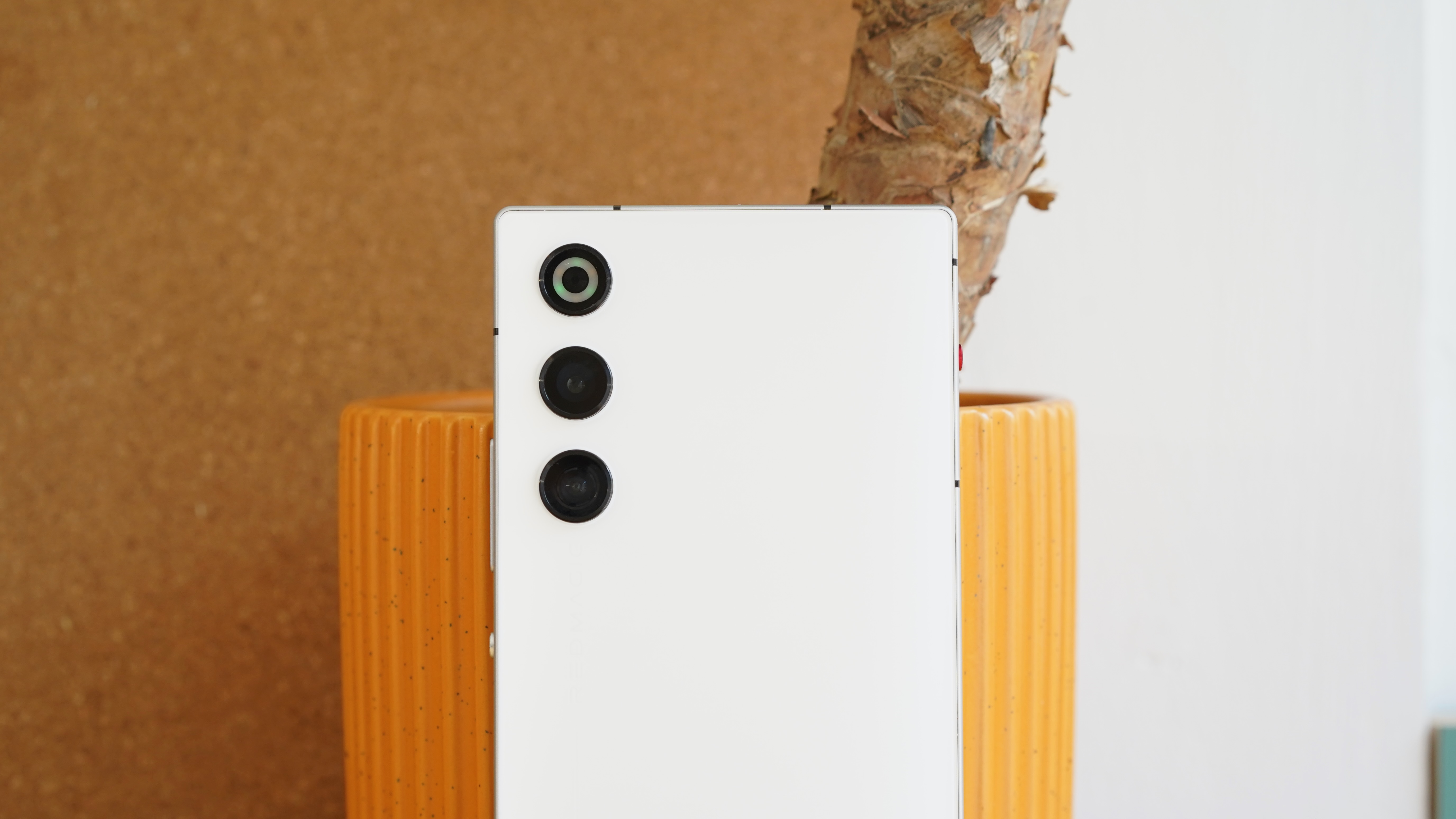
- 50MP main with OIS
- 50MP ultra-wide
- Improved 16MP selfie camera
- Up to 8K/30fps video
On the Red Magic 10 Air, Red Magic has stuck with broadly the same camera system as the Red Magic 10 Pro, with one very minor tweak.
The main camera here is a 50MP 1/1.5″ OmniVision OV50E with OIS and a 7P lens. The other camera is a 50MP 1/2.88″ OmniVision OV50D ultra-wide. There’s no dedicated macro camera this time, which is of absolutely no consequence.
These cameras have been present in the past few Pro generations, and they’ve never impressed. They fall at the lower end of the mid-range camera quality scale, with occasional blown-out highlights in scenarios that call for HDR mode, and unnaturally vibrant colors in general.
Fed with the right amount of light, you can capture solid shots with decent detail. Those punched-up colors ensure that none of your shots will look boring or washed out, and human subjects look quite nice and defined. Portrait mode, too, is reasonably effective at accentuating the subject even without proper depth mapping.
Zoomed shots crop in on the main sensor, and remain serviceable at 2x, but turn to an increasingly noisy mess at 5x and 10x. Night shots, however, look quite crisp and clear, courtesy of a decent-sized sensor and OIS.
The ultra-wide shows a drop-off in detail and depth, as you’d expect from a significantly smaller sensor, but it’s not terrible. The tone is broadly consistent with that main camera, which is always welcome.
You also get the same 16MP front camera this time, with the same ruinous in-display configuration. This makes for some of the worst selfie shots you’re likely to see in a 2025 phone of any price.
The video recording provision is pretty decent for a mid-range phone, utilizing the Red Magic 10 Air’s flagship chip to support 8K/30fps or 4K/60fps.
Red Magic 10 Air review: camera samples
Red Magic 10 Air review: performance
- Snapdragon 8 Gen 3 chip is an oldie but a goodie
- 6,100mm² vapor chamber cooling
- 12GB or 16GB of LPDDR5X RAM
- 256GB or 512GB UFS 4.0 storage
The ‘Red Magic 9 Pro on a diet’ vibes continue with the Red Magic Air 10’s Snapdragon 8 Gen 3 processor. This was the chip of choice for the 2024 Android flagship crowd.
It’s since been superseded by the brilliant Snapdragon 8 Elite, as seen in the Red Magic 10 Pro, but that doesn’t mean this older chip is obsolete. It remains a very strong runner, and one that continues to be competitive in 2025, especially with either 12 or 16GB of RAM to help it out, as there is here.
In CPU benchmark terms, the Red Magic 10 Air comfortably beats the Pixel 9 Pro XL with its Tensor G4, which is one of the top flagship phones at the moment. I encountered the usual GFX Bench quirk that Nubia phones exhibit, where the GPU frame rate results seem less impressive than they are, but rest assured that this thing flies on practical graphical tasks.
Crucially, it’s capable of running the most advanced games on high settings and fluid frame rates. It’s a known fact that mobile game development hasn’t kept pace with mobile chip technology, which means that the likes of GRID Legends, Genshin Impact, and Warzone Mobile run beautifully on last year’s top chip.
It also runs relatively cool. While the Red Magic 10 Air loses the active fan cooling of the Pro series, a 6,100 mm² vapor chamber keeps things from getting too toasty.
A stability score of 89.8% in the demanding 3DMark Solar Bay Stress Test brings the Red Magic 10 Air out ahead of most 2025 flagship phones, if well short of the Red Magic 10 Pro and Asus ROG Phone 9 Pro. This tells you that the phone will broadly maintain its performance over slightly longer gaming sessions.
- Performance score: 4.5 / 5
Red Magic 10 Air review: software

- Red Magic OS 10 on Android 15
- Busy but fluid and customizable UI
- Dedicated Game Space gaming UI
Nubia has stuck with the same software as on the Red Magic 10 Pro, which means you get Red Magic OS 10 sat atop Android 15.
It’s never been an especially appealing interface, with little artistry or subtlety to the icons, menus, and wallpapers. However, Nubia has cleaned up its act significantly over the past few years, and the Red Magic 10 Air offers Red Magic OS at its least obnoxious.
There are no longer any ugly widgets on the home screen when you first boot the phone up. I didn’t spot too many typos or glitches, either.
Most of the apps you’ll see first are from Google, with the exception of Nubia’s own pointless web browser. The second home screen is where all the bloatware lives, including uninvited downloads of TikTok, Facebook, MoboReels (third-rate video clips), MoboReader (a third-rate ebook reader), Booking.com, WPS Office, and Goper (where you can manage all your Nubia devices).
If MoboReader and MoboReels feel somewhat low-rent, wait until you’ve seen what lives to the left of the home screen in place of Google Feed. Nubia has supplied a bunch of dubious ‘Recommended apps’, some even worse recommended games, and a bunch of assorted news stories. It all feels very cheap.
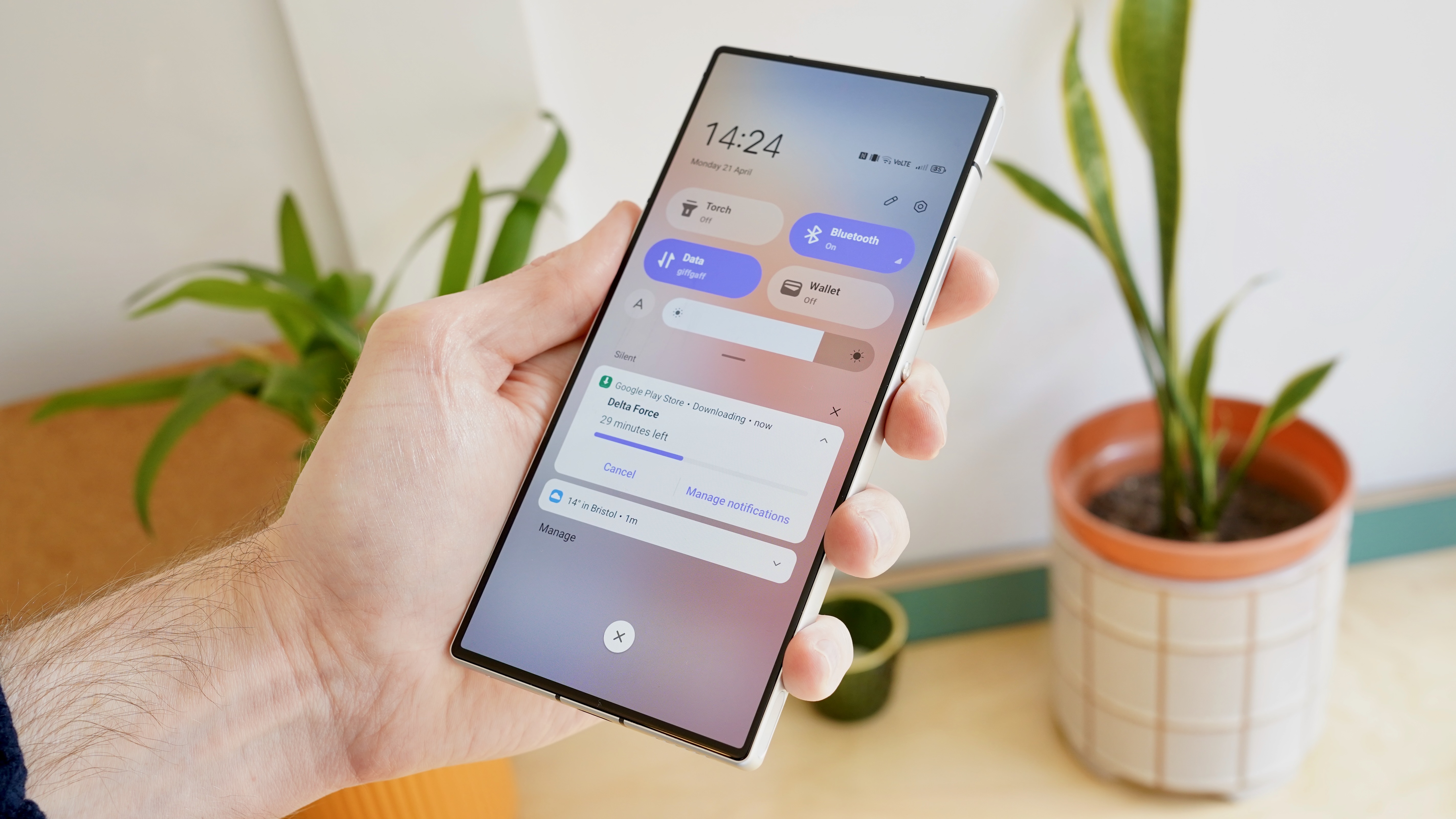
With all that said, Red Magic OS 10 is customizable and functional, and it scrolls along at a fair old lick.
Nubia’s Game Space game management UI has always been a highlight, insomuch as it caters well to the target demographic. Press that red button, and you’ll be taken into a landscape UI that lets you launch games, tweak the phone’s performance output, play with screen sensitivity, and manage in-game plug-ins. Think enhanced zoom and sound equalizers in shooters.
AI implementation is pretty minimal compared to many other contemporary phones, despite that meaty AI-ready chip. You get real-time voice translation, Google’s usual Magic Editor, Gemini preinstalled, and that’s about it. Suffice to say, this isn’t the phone to go with if you’re excited by the cutting edge of mobile AI.
The Red Magic 10 Air is set to receive three years of Android version updates and three years of security updates. That’s an advance on the flagship Red Magic 10 Pro’s one Android version and three years of security updates, though it’s still not among the best on the market, even at this price.
Red Magic 10 Air review: battery life

- 6,000mAh battery
- Two days of regular usage
- 100W wired charging (international version)
Given that Nubia has slimmed the Red Magic 10 Air down significantly compared to the Pro line, you’d expect something to give on the battery capacity front.
Something has indeed given, but only relatively speaking. Out goes the mammoth 7,050mAh battery of the Red Magic 10 Pro; in comes a still-huge 6,000mAh cell.
In general use, I found that this sizeable battery was quite comfortably capable of lasting through two days of moderate usage. A day with 3 hours and 15 minutes of screen-on time left me with 62%.
The international version of the Red Magic 10 Air comes with a 100W charger, but the model I was sent only had the 80W charger that comes with the Chinese model. I say ‘only’, but it was still able to get from empty to 100% in a creditable 51 minutes.
As with the rest of the Red Magic range, there’s no wireless charging provision here. That’s even more forgivable at this lower price, though.
It’s a shame there’s no second USB-C port, as with the Asus ROG Phone 9 Pro. I found gaming while charging quite tricky, as reaching the right-hand shoulder button proved particularly awkward.
Should I buy the Red Magic 10 Air?
Attributes | Notes | Rating |
|---|---|---|
Design | This is the best Red Magic design yet, with a slimmer, lighter, and more appealing body, and a more subdued gamer aesthetic. | 4 / 5 |
Display | Red Magic has rolled back from the 10 Pro’s display, but it’s still a big, accurate, fluid screen for gaming on – and it’s completely unobstructed by a notch. | 4 / 5 |
Performance | It might be last year’s chip, but the Snapdragon 8 Gen 3 can still mix it with the 2025 flagship pack, and runs games impeccably. | 4.5 / 5 |
Camera | The Red Magic 10 Air’s twin 50MP cameras take adequate shots in most lighting conditions, nothing more. 8K/30fps or 4K/60fps video is pretty good for the money, though. | 3.5 / 5 |
Battery | Nubia has equipped its slim phone with a massive 6,000mAh battery, which yields two-day battery life in regular usage. | 4.5 / 5 |
Software | Red Magic OS is pretty cluttered and ugly, with too much bloat. However, it runs fluidly enough. | 3 / 5 |
Value | Aside from the Poco F7 Pro, nothing else supplies the same level of performance as the Red Magic 10 Air for less than £500. | 4.5 / 5 |
Buy it if…
Don’t buy it if…
Red Magic 10 Air review: also consider
The Red Magic 10 Air isn’t the only gaming-ready mid-range smartphone on the market. Here are some of the alternatives to consider.
How I tested the Red Magic 10 Air
- Review test period = 1 week
- Testing included = Everyday usage, including web browsing, social media, photography, gaming, streaming video, music playback
- Tools used = Geekbench 6, GFXBench, 3DMark, native Android stats, Red Magic 80W power adapter
First reviewed: April 2025







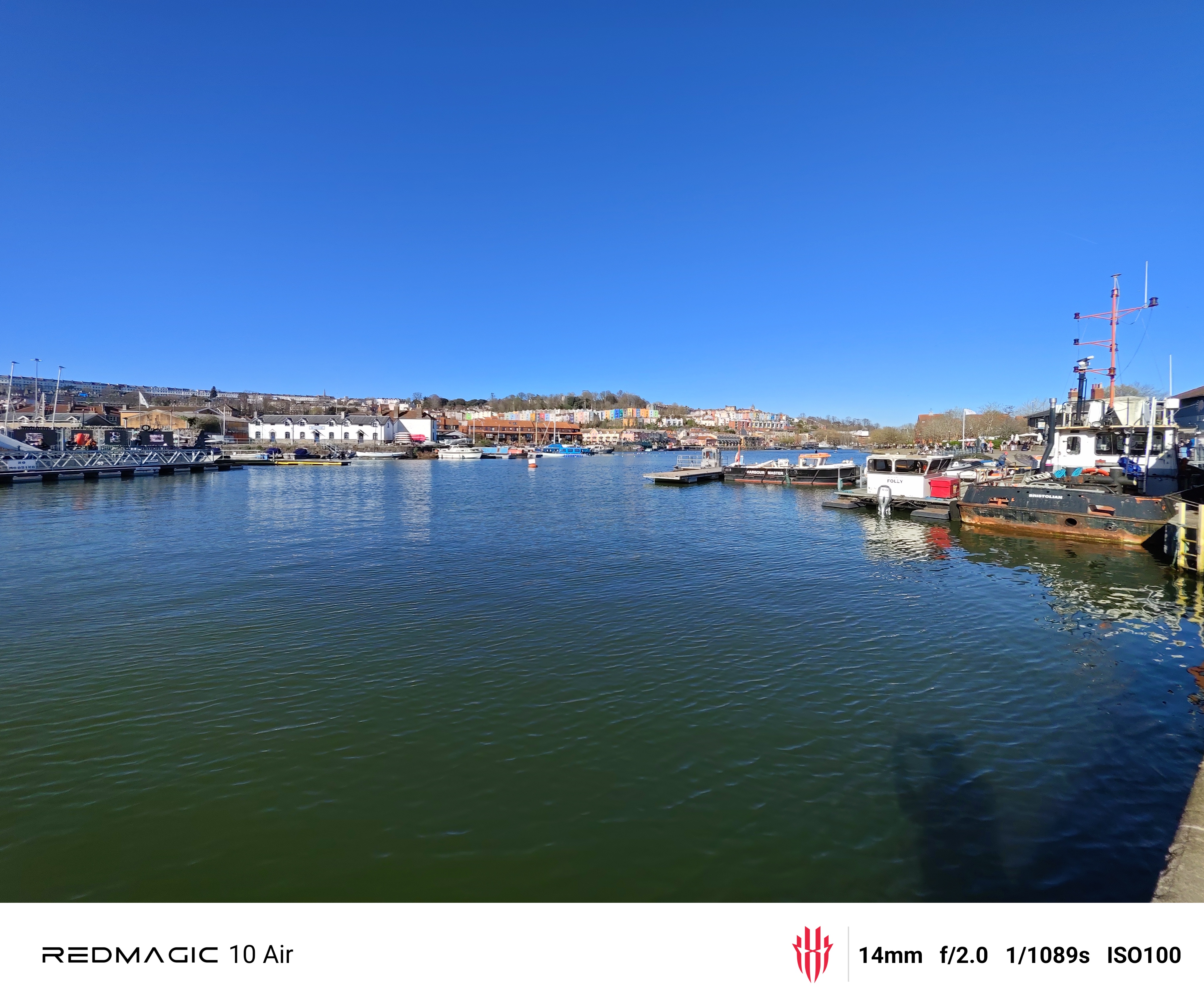
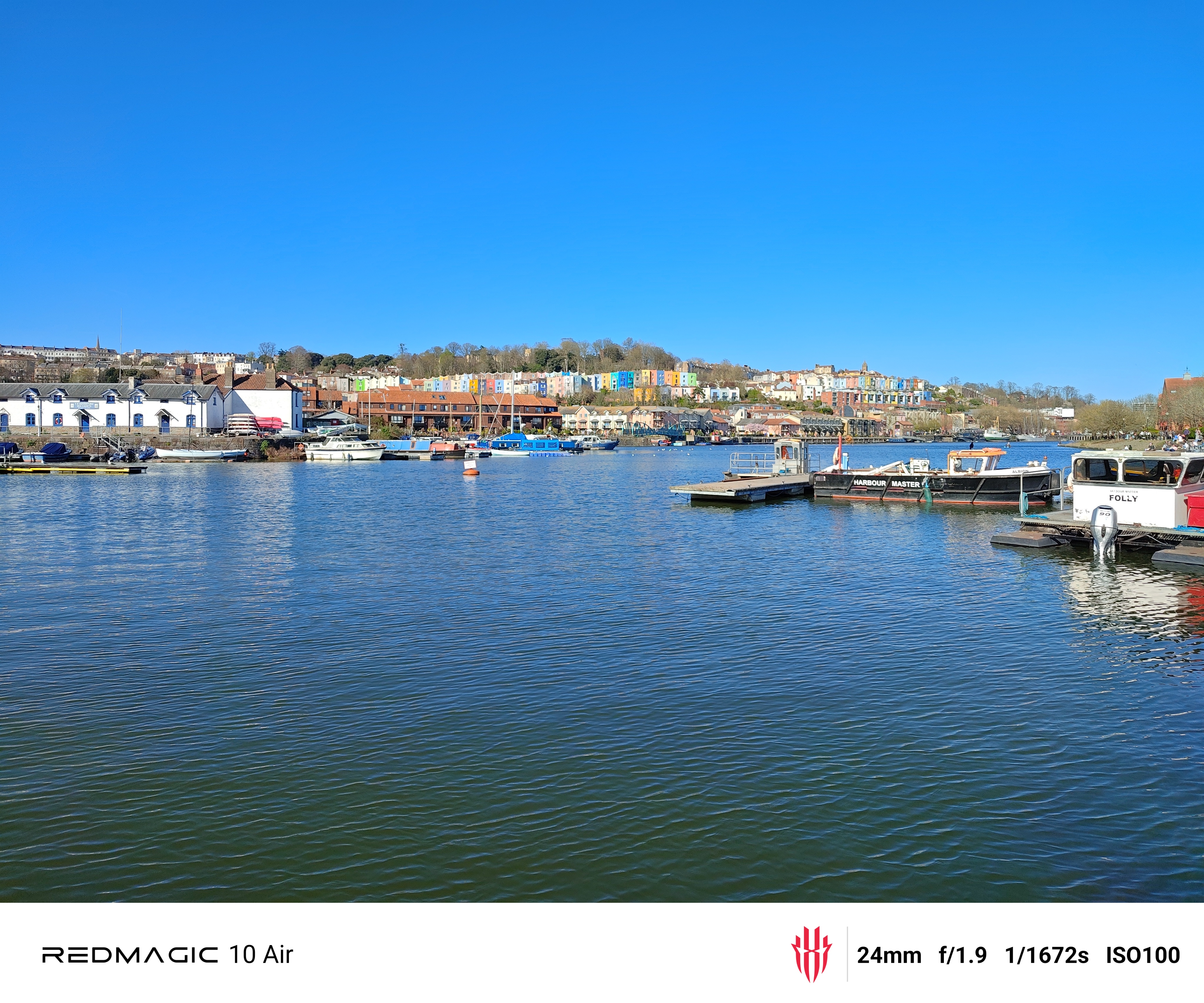
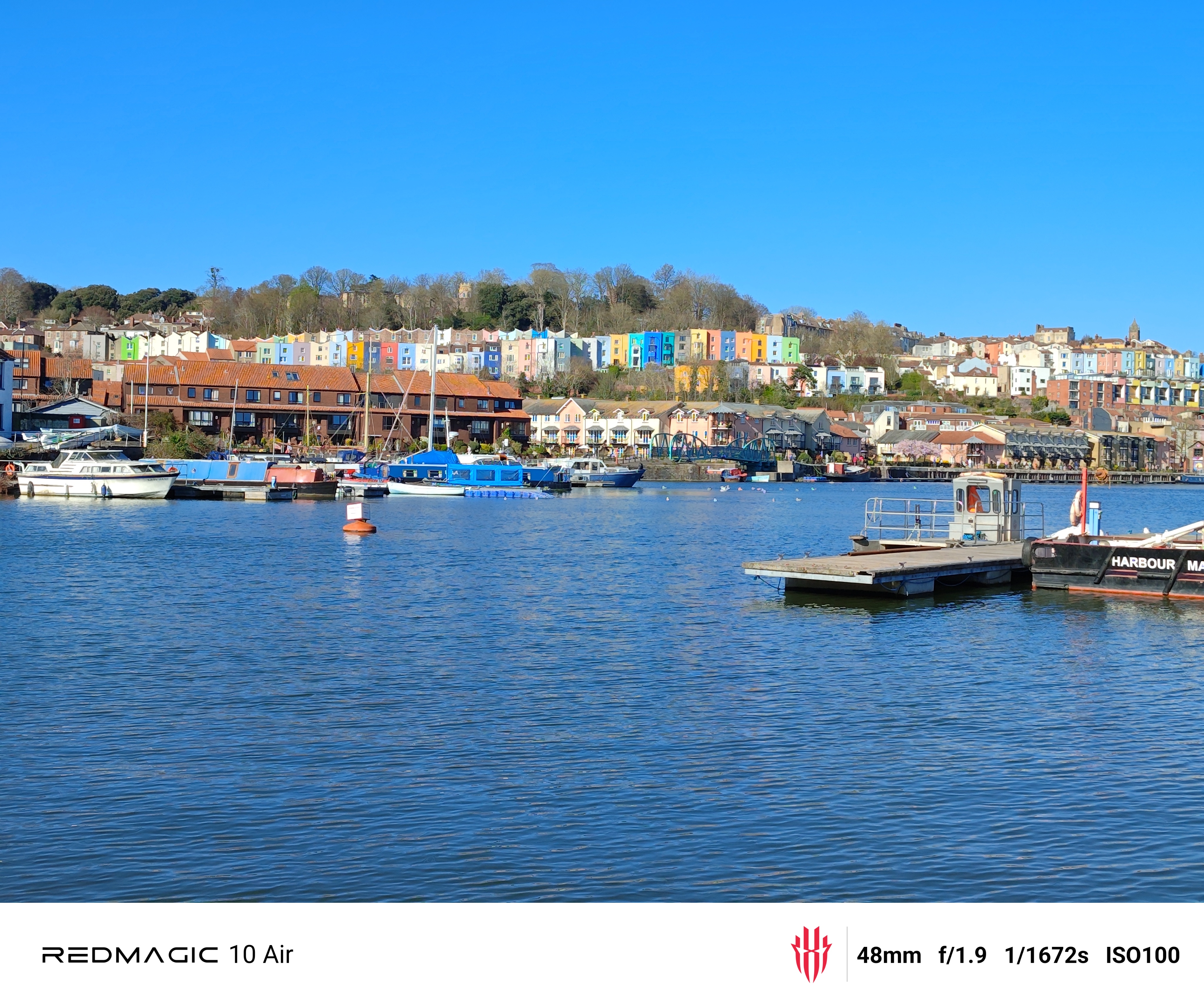
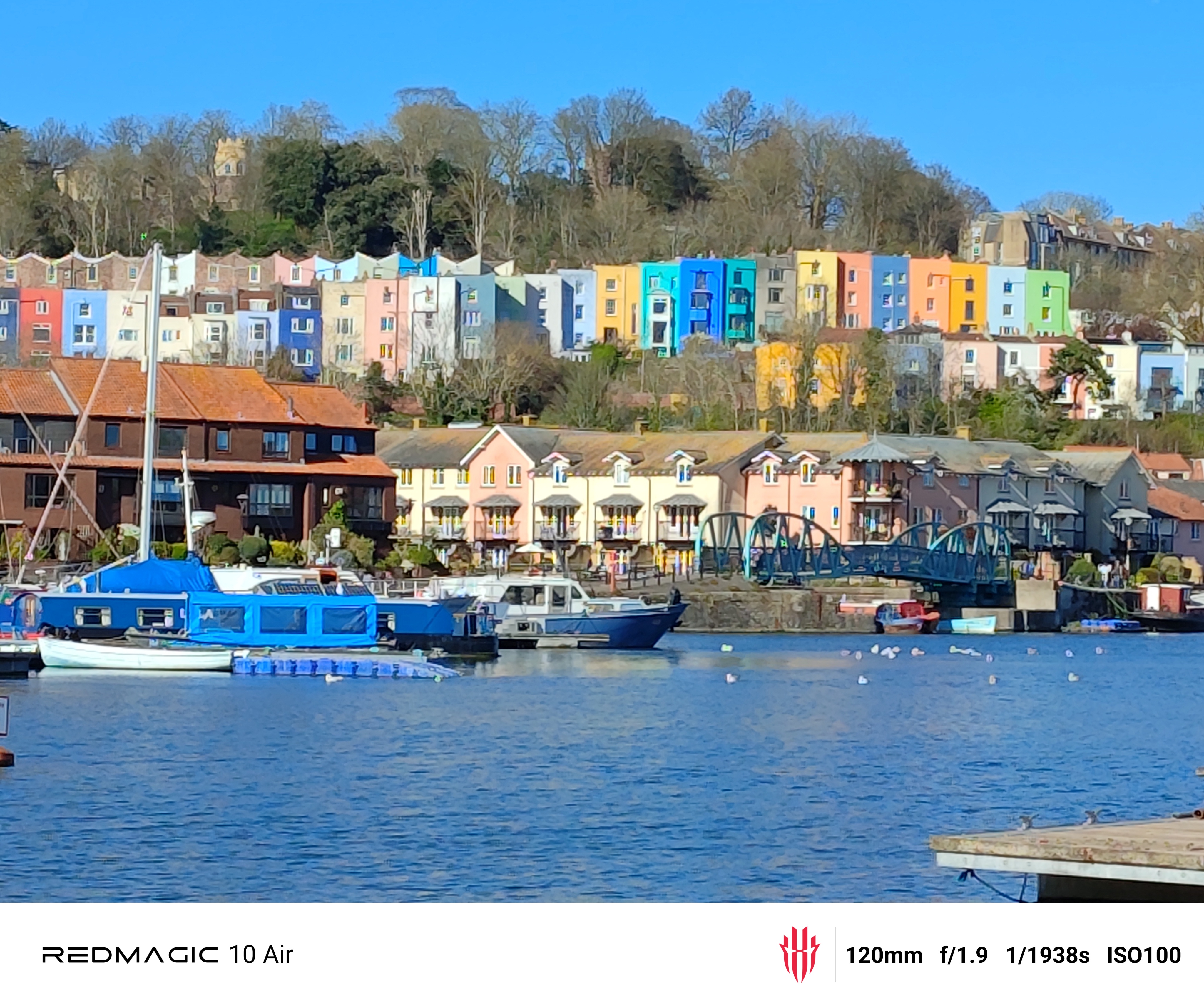
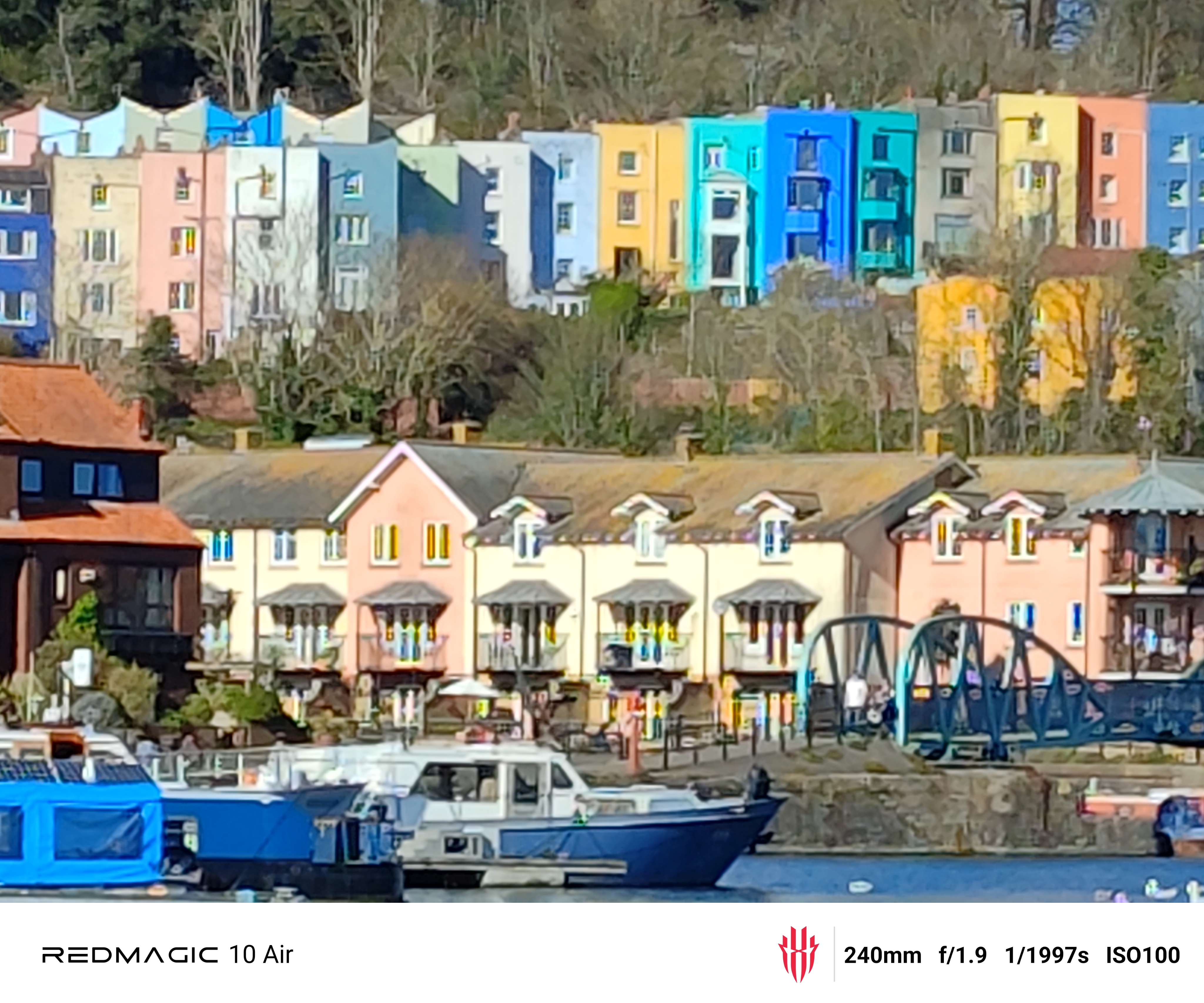
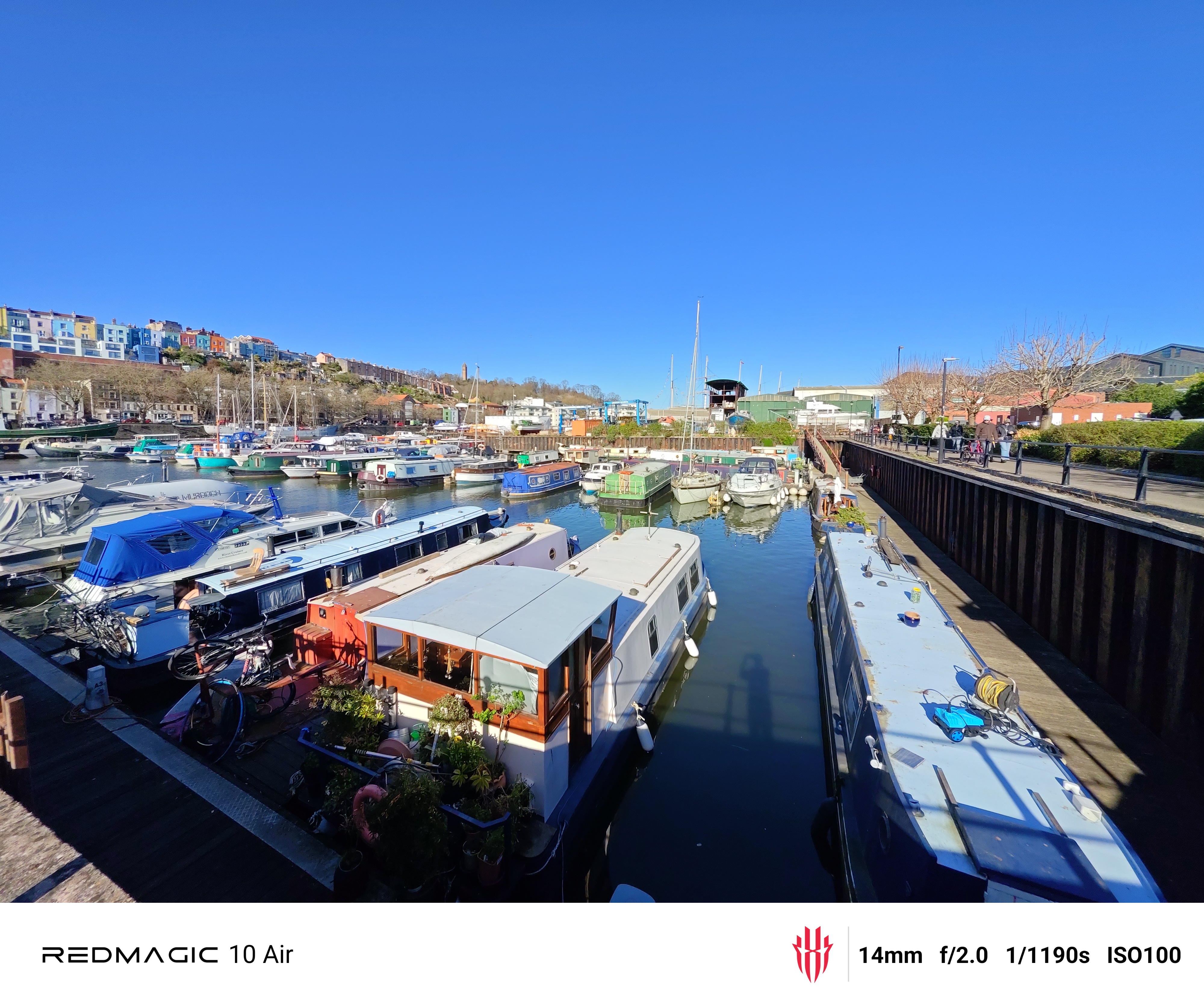
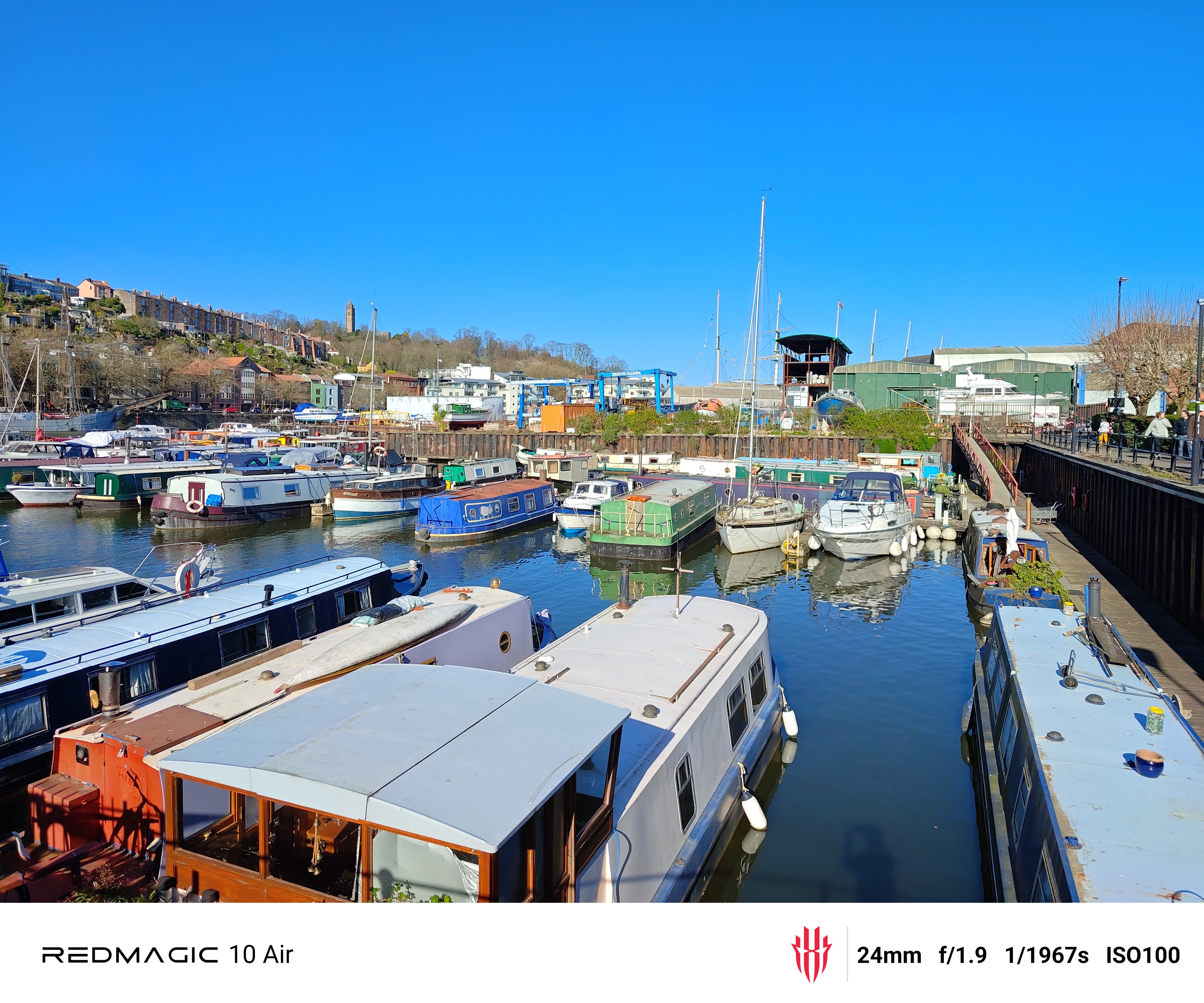
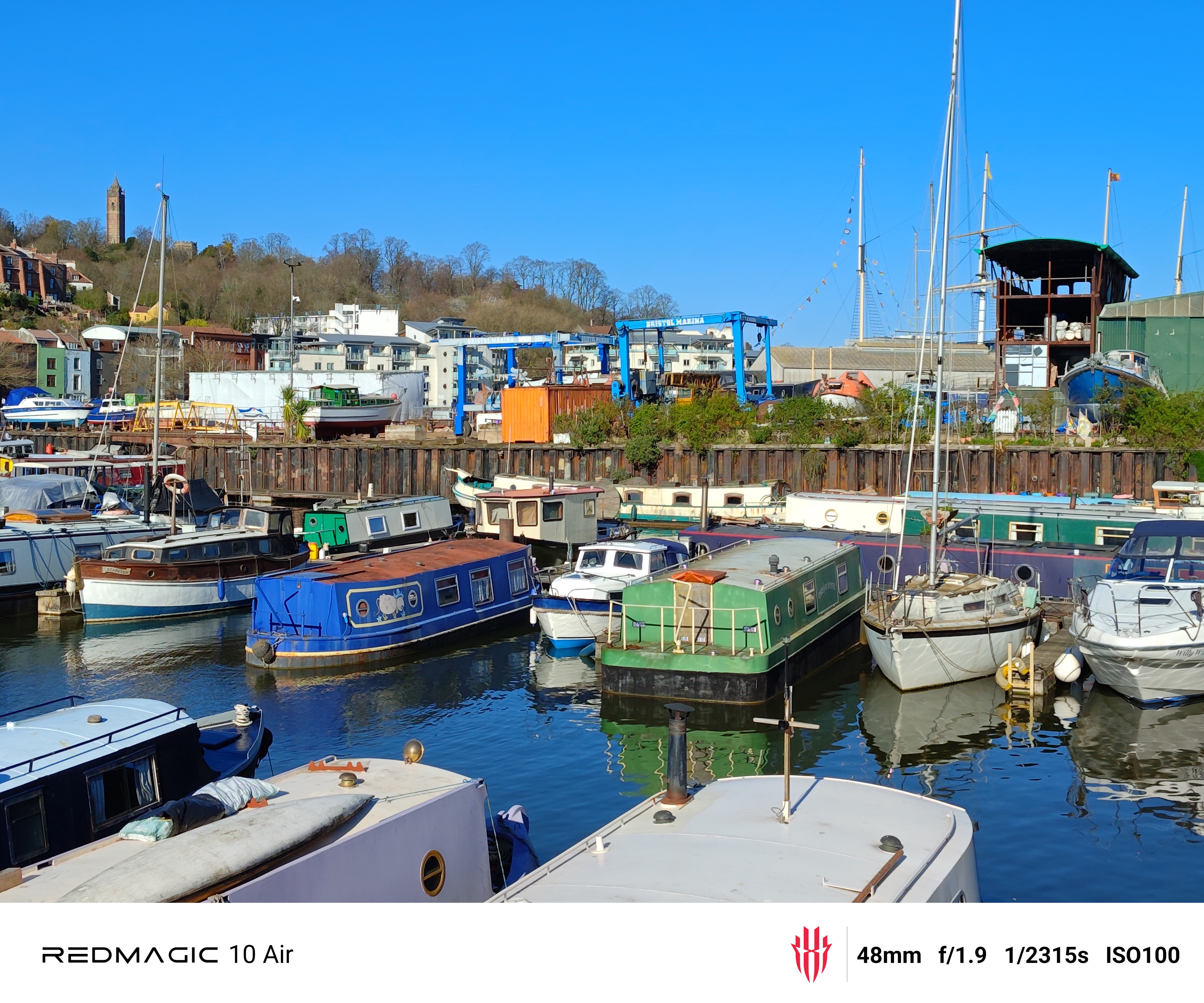







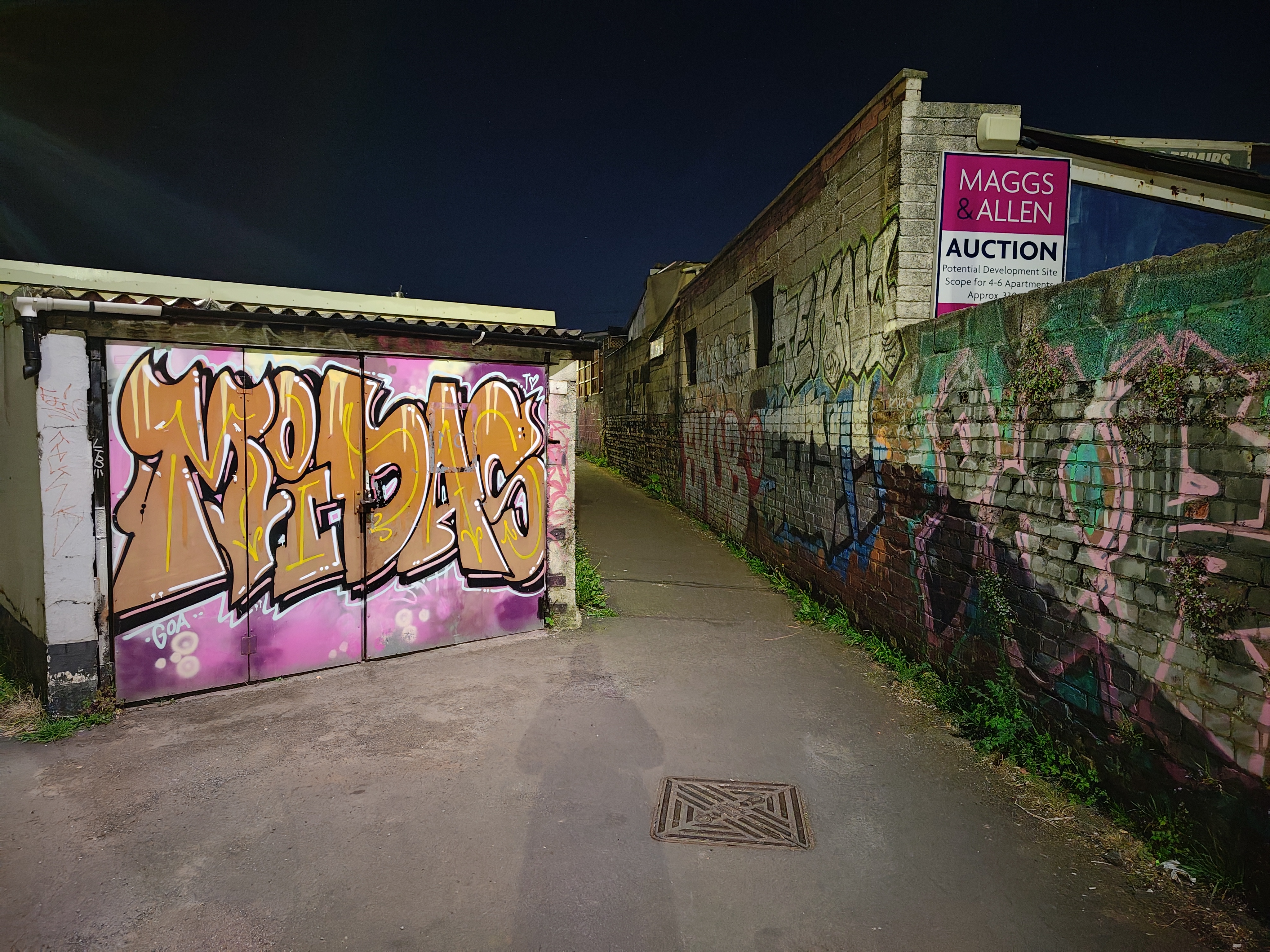
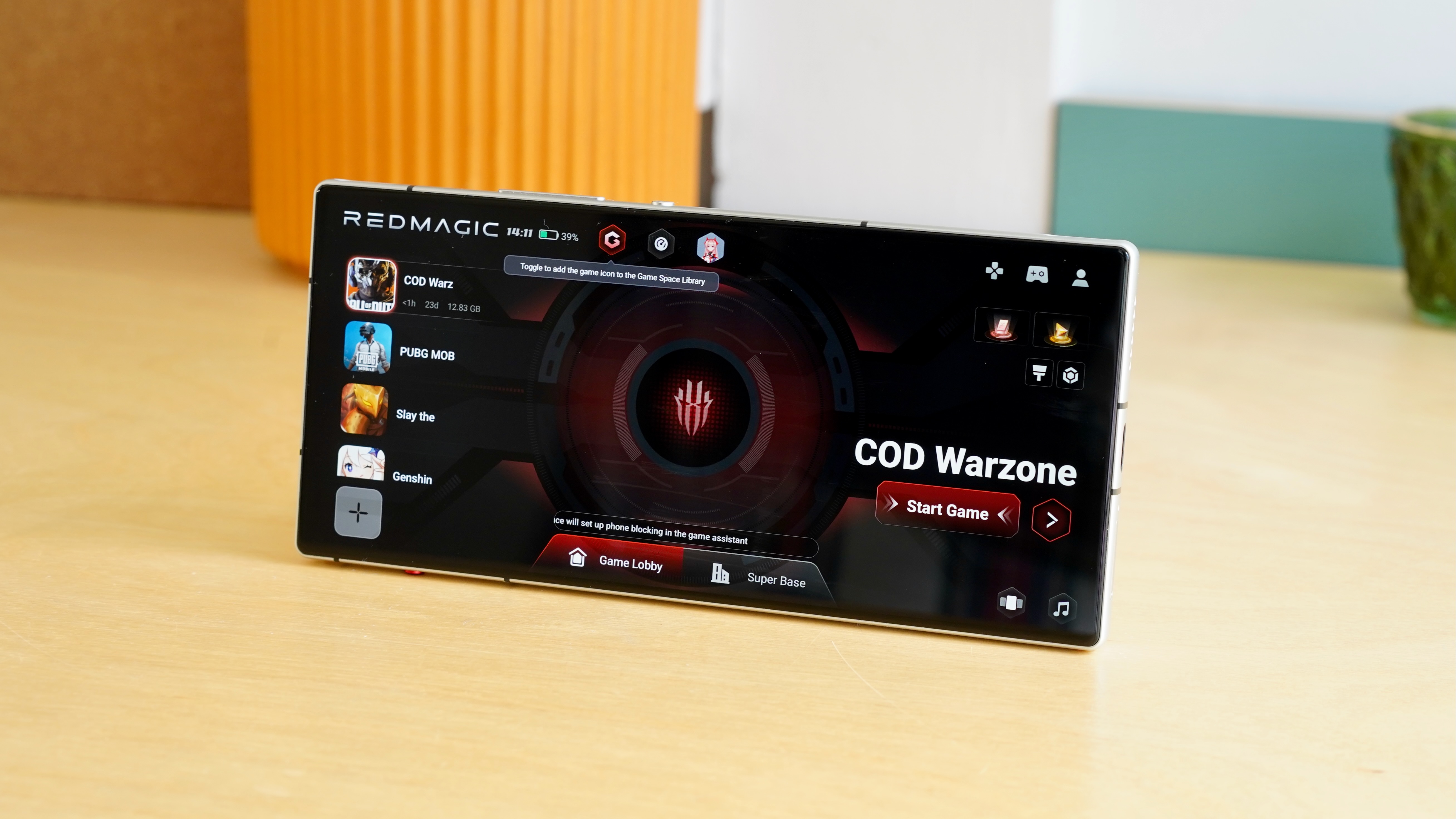






Leave a Comment
Your email address will not be published. Required fields are marked *